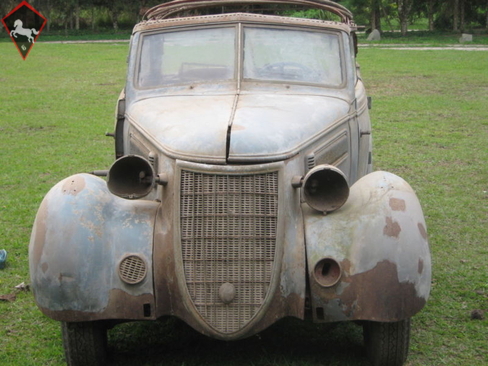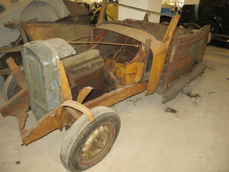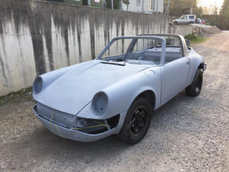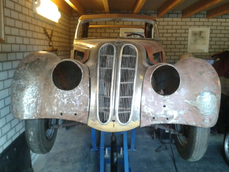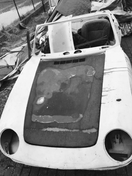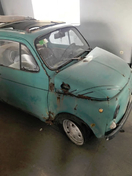Wanderer W21 52 Cabriolet 1939
General description :
Wanderer W 52 Cabriolet ,
Der Wanderer W 52 war von der Auto Union die Weiterentwicklung des
Wanderer W 23.
Der W 52 war mit der modernen Hinterpendel-Achse und die Karosse
vom Horch 930 eine deutliche Verbesserung und Vergrößerung .
Hier handelt es sich um ein Restauration Objekt .
Lassen Sie dieses seltene Cabrio wieder zum
leben erleben .
Besichtigung nach Absprache
http://home.mobile.de/SACHSENVETERAN#des_229367450
1939 Wanderer W21 52 Cabriolet is listed sold on ClassicDigest in Thomas-Mann-Str. 16DE-01219 Dresden by Auto Dealer for €75000.
Car Facts
Car type : Car Make : Wanderer Model : W21 Model Version : 52 Cabriolet Engine size : 0.0 Model Year : 1939 Sub type : Convertible Location : Thomas-Mann-Str. 16DE-01219 Dresden
Sold
Seller Information
Sold
Other cars listed for sale by this dealer
About Wanderer
The Wanderer brand has a fascinating history in the automotive industry. Here's an overview of the brand's story, along with some of its most significant personnel and ten notable models produced:History of Wanderer:
Wanderer was established in 1885 as a bicycle manufacturer in Chemnitz, Germany. The company ventured into motorcycle production in the early 20th century and eventually transitioned to automobile manufacturing in 1911. Known for its quality and engineering prowess, Wanderer quickly gained recognition for its vehicles.
In 1932, Wanderer joined forces with Audi, DKW, and Horch to form Auto Union, which became one of the pioneering forces in the German automotive industry.
Notable Personnel:
Richard Bruhn: He played a crucial role in the formation of Auto Union and had a significant influence on the direction and success of Wanderer as part of this larger conglomerate.
Dr. Ferdinand Porsche: While not directly associated with Wanderer, Porsche had a substantial impact on Auto Union's engineering and designs during his time with the company.
Ten Notable Wanderer Models:
Wanderer Puppchen (1911-1926): One of Wanderer's earliest models, this small car was a significant success and helped establish the brand in the automotive market.
Wanderer W10 (1932-1933): Known for its robustness, this was one of the first models under Auto Union and represented Wanderer's transition to a larger conglomerate.
Wanderer W23 (1937-1940): This mid-sized car was popular for its reliability and was available in various body styles, including sedan and cabriolet.
Wanderer W24 (1937-1940): A successor to the W23, this model was known for its elegant design and advanced engineering for its time.
Wanderer W25K (1936-1938): A sporty version of Wanderer's lineup, this model was designed for performance and participated in various racing events.
Wanderer W50 (1935-1936): A compact car featuring a streamlined design, it was popular for its efficiency and affordability.
Wanderer W51 (1936-1938): Another mid-sized model known for its reliability and comfortable driving experience.
Wanderer W52 (1936-1938): A luxury car that combined style and advanced features, appealing to affluent consumers.
Wanderer W240 (1950-1953): Post-World War II, this mid-sized sedan marked Wanderer's return to car production after the war.
Wanderer W235 (1953-1954): One of the final models produced by Wanderer before the brand ceased car production. It featured modern styling and engineering for its time.
These models represent a mix of Wanderer's innovation, engineering excellence, and the variety of cars they produced over their history in the automotive industry. Despite ceasing car production in the mid-20th century, Wanderer played a significant role in shaping the German automotive landscape.
